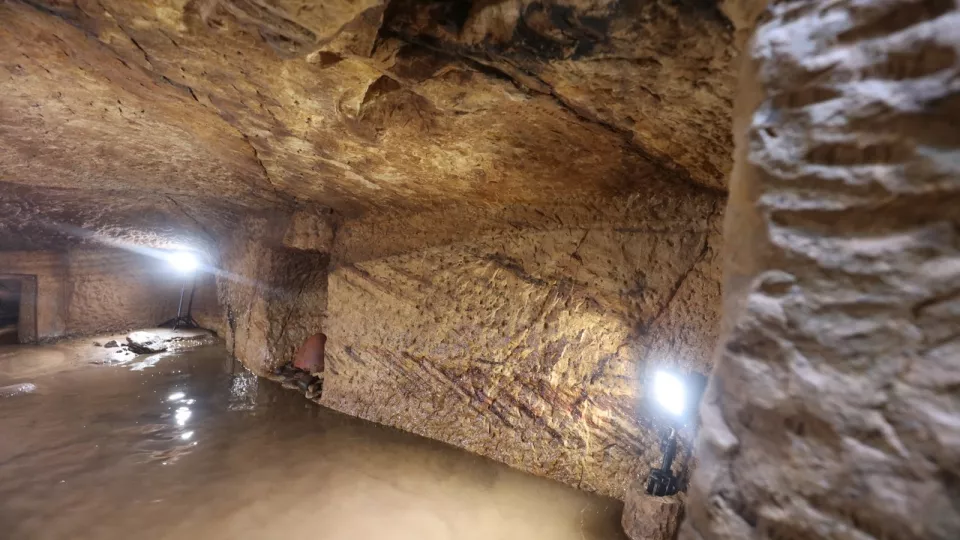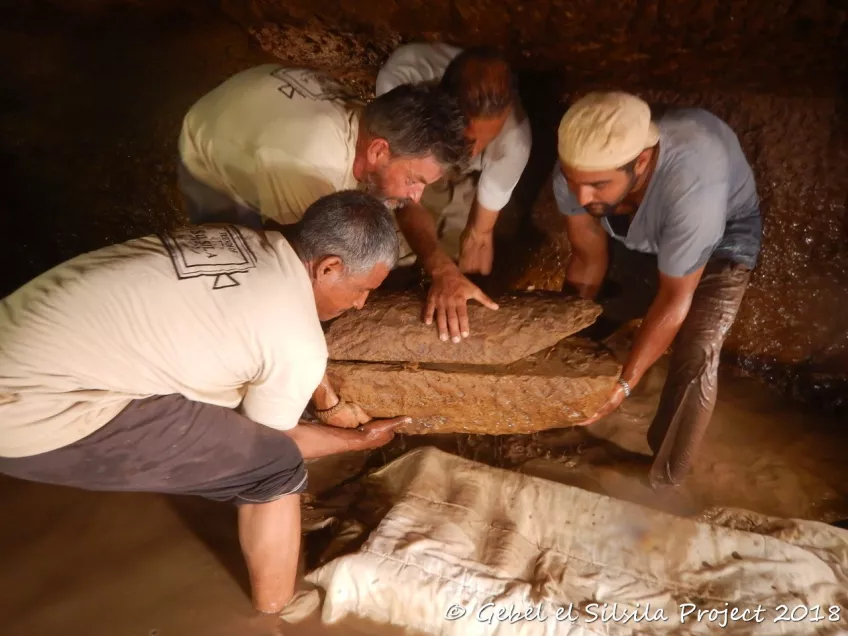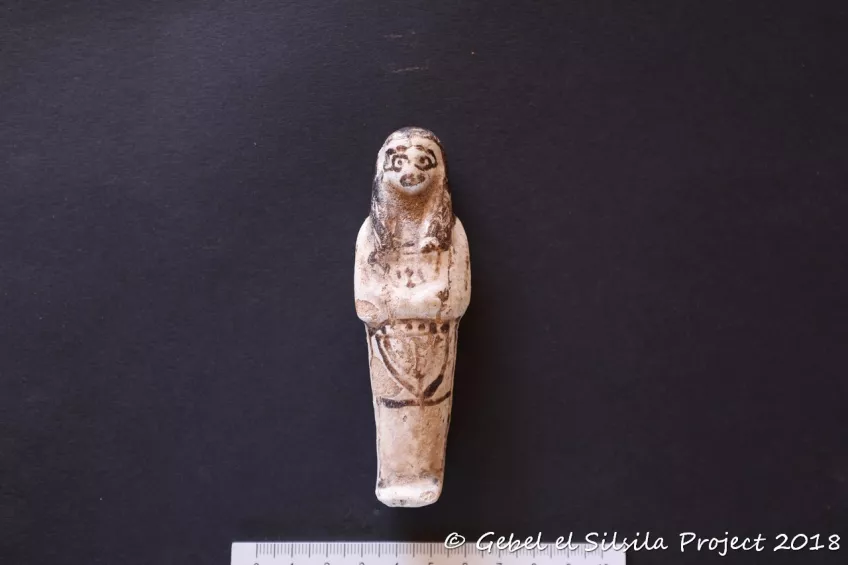The five-meter-deep shaft tomb has already unearthed the remains of 50 adults and 25 children, despite the fact that the archaeologists are still in the early stages of excavating the tomb, that consists of two chambers.
The findings suggest that the people buried at the site were part of the upper middle class, belonging to at least three generations of Pharaos: Thutmosis II, III and Amenhotep II (approximately 3 400 years ago).
So far, the team has discovered three sandstone sarcophagi, two of which have been excavated, revealing an infant and a young child. The third sarcophagus was also made for an infant; its contents await excavation.
The burial goods contain several artefacts of importance, including dozens of scarabs, amulets, beads, seals, bracelets, beer jugs, bowls, pilgrim flasks, and various storage jars.
A significant result of the discovery at Gebel el-Silsila is the number of buried children and women, indicating that there was a complete society with entire families living and working in ancient Kheny.
The tomb is water-filled and requires pumping to allow further excavations. In addition, a recent looting attempt filled the tomb with sand and silt. The team is currently assessing the preservation of the tomb, and excavations are scheduled to continue until the end of the year.
Contact:
Maria Nilsson
Researcher
Department of Archaeology and Ancient History
maria [dot] nilsson [at] klass [dot] lu [dot] se
+20 106 11 04 916



